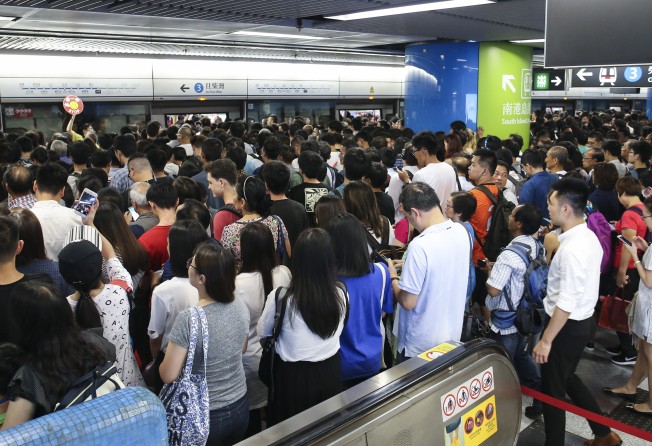Why Hong Kong’s smart city blueprint is on the wrong track

I refer to Civic Exchange chair Evan Auyang’s article on Hong Kong’s smart city blueprint (“A smarter way to get Hong Kong moving again: put pedestrians first”, January 12).
The article drives home one key point in policymaking: articulate what we wish to achieve comprehensively, and then put in the building blocks needed. The smart city blueprint fails to achieve this goal, presenting piecemeal solutions instead.
The Hong Kong government basks in the glory of having 90 per cent of daily passenger trips conducted on public transport. Often, this has been used as an excuse for doing nothing. However, this figure is based on a Travel Characteristics Survey conducted in 2011-12. As Mr Auyang points out, private cars have grown almost exponentially since then. The government has even abandoned the once-in-10-years Comprehensive Transport Study. Are we just burying our heads in the sand?
Putting pedestrians first is an integral part of promoting public transport. While the focus in the past was on walking infrastructure, the aspects of walkability were missed. Just walk from Central to Wan Chai along Des Voeux Road/Hennessy Road to understand the challenges. If you are elderly or disabled, it is almost impossible to navigate this short distance, given the multiple level changes and lack of proper signage.
The deterioration in public transport is analogous to the frog in boiling water story. The MTR system, though super-efficient, is overcrowded. At interchange stations during peak hours, crowd levels border on being a safety hazard. Buses caught in congestion make journey times significantly longer. What would an app do to relieve this? At the Cross-Harbour Tunnel, buses move about 80 per cent of the people during peak hours, using 10 per cent of the vehicles. If moving people is our goal, wouldn’t the smarter way be to demarcate a dedicated bus lane?
A smart city is often considered synonymous with hi-tech IT infrastructure, sensors or apps. A people-centric smart city first needs to consider what kind of city we would like to live in, and then use IT solutions, sensors and apps to achieve that objective.
Hong Kong urgently needs a comprehensive, coherent and conscious policy towards smart mobility which puts movement of people first, far ahead of private cars.
Alok Jain, Kowloon Bay